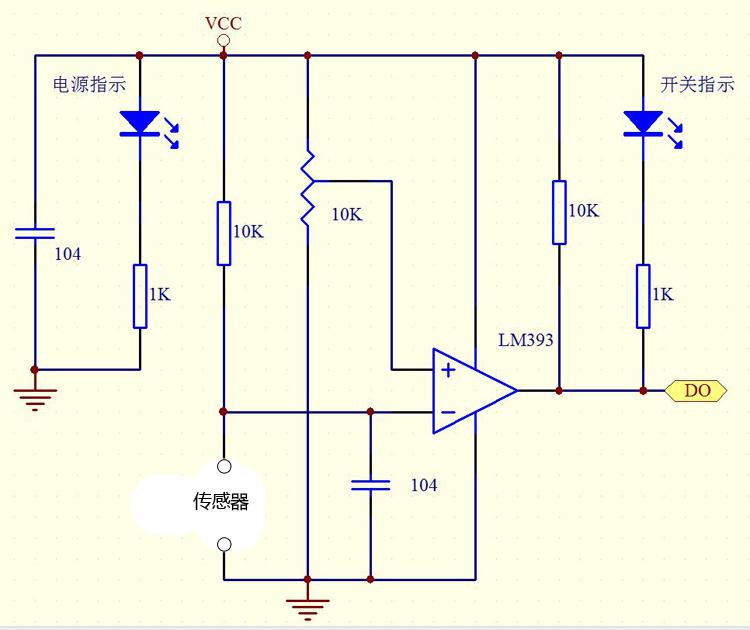
How to Design a Humidity Sensor Circuit
Humidity sensors are essential devices used to detect the amount of moisture present in the air. They have a wide range of applications, from weather monitoring to controlling the humidity levels in homes and commercial buildings. In this article, we will guide you on how to design a humidity sensor circuit that can accurately measure humidity levels.
Components Needed
- Humidity sensor
- Microcontroller (Arduino, Raspberry Pi, etc.)
- Resistors
- Capacitors
- LEDs
- Power source
Step 1: Choose the Right Humidity Sensor
There are various types of humidity sensors available in the market, such as capacitive, resistive, and thermal conductivity sensors. Capacitive sensors are the most commonly used for humidity measurement due to their high accuracy and reliability. Choose a sensor that suits your application requirements.
Step 2: Connect the Sensor to the Microcontroller
Connect the humidity sensor to the microcontroller using the appropriate pins. Make sure to follow the datasheet of the sensor to understand the pin configurations. Use the resistors and capacitors to create a voltage divider circuit that converts the analog output of the sensor to a digital signal readable by the microcontroller.
Step 3: Program the Microcontroller
Write a code in the programming language supported by the microcontroller to read the analog output from the sensor and convert it to a digital value. You can use libraries and example codes available online to simplify the programming process.
Step 4: Calibrate the Sensor
Calibrate the sensor by exposing it to known humidity levels and adjusting the code to ensure accurate readings. You can use a humidity chamber or a wet/dry bulb hygrometer to create the calibration environment.
Step 5: Test the Circuit
Once you have designed and calibrated the humidity sensor circuit, test it under different humidity conditions to verify its accuracy. Use a reliable humidity meter as a reference to compare the readings obtained from your circuit.
Step 6: Use the Data
Once you have a working humidity sensor circuit, you can integrate it into your project or application. You can use the humidity data obtained from the sensor to control humidifiers, dehumidifiers, HVAC systems, and other devices that require humidity monitoring.
Conclusion
Designing a humidity sensor circuit requires careful selection of components, accurate calibration, and thorough testing. By following the steps outlined in this article, you can create a reliable and accurate humidity sensor circuit for your specific application needs.
Was this helpful?
0 / 0